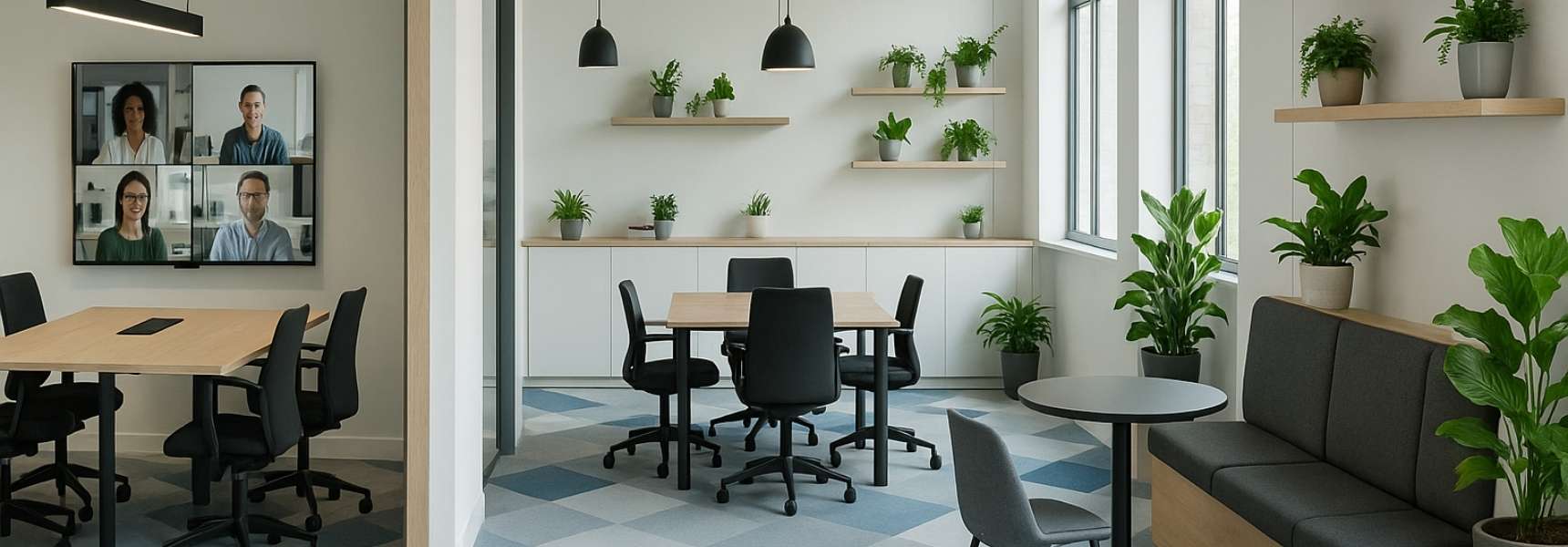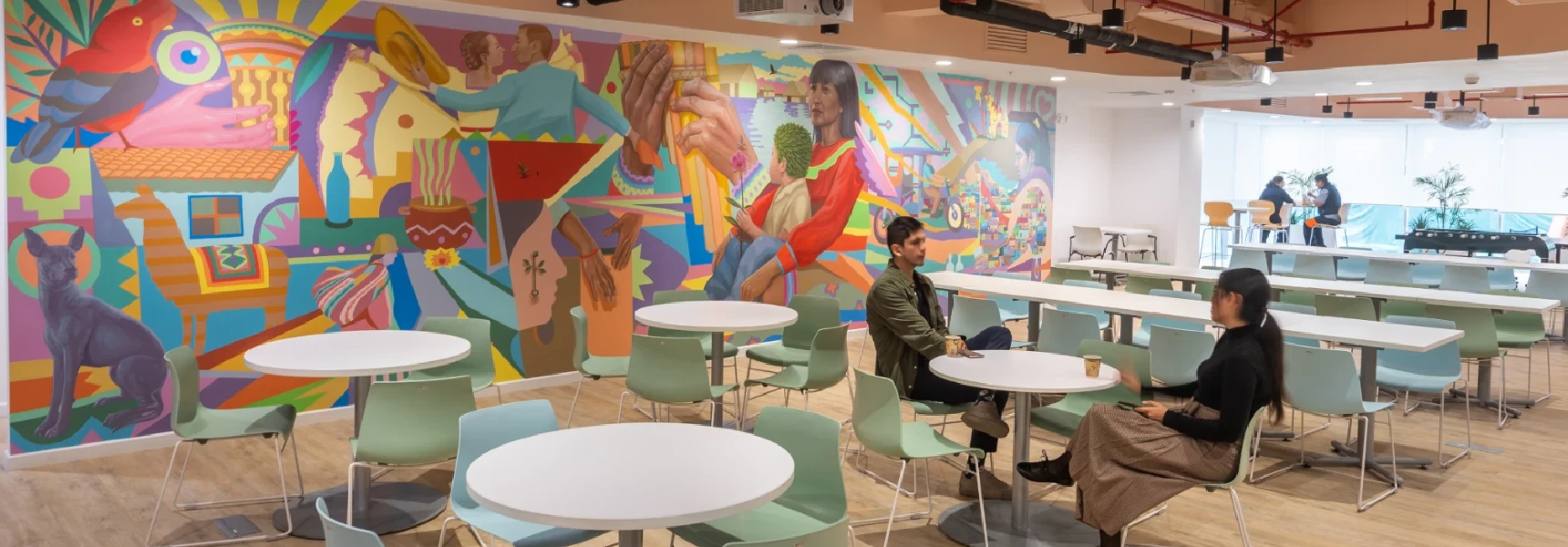Architecture
Beyond the Bulb: 5 Secrets to Creating a Cozy Atmosphere Guests Won't Want to Leave.
.webp)
*Images Design Lead Andamio Arquitectos - Santiago Muñoz
How Warm Lighting Transforms the Dining Atmosphere
Restaurant lighting design is more than just selecting fixtures; it is the art of shaping mood, comfort, and efficiency through light. [cite: 7] When used effectively, warm lighting for cozy spaces becomes a tool to invite guests to linger, foster a sense of intimacy, and complement the restaurant’s overall concept. [cite: 8] This article explores how to strategically use warm lighting to elevate dining environments while balancing aesthetics, code compliance, and operational needs. [cite: 9]
Why Lighting Defines Restaurant Success
First impressions matter. Guests often judge a dining space within moments of entering, and lighting is one of the strongest subconscious signals they perceive. [cite: 11] Too much brightness can make a space feel sterile, while dim lighting risks discomfort or poor visibility. [cite: 12] Practitioner insight: Operators report that guests tend to stay longer and order more beverages in settings with warm lighting. [cite: 14]
The Science of Warm Light
Warm light is measured in Kelvin (K), typically falling between 2200K and 3000K. [cite: 16] These tones replicate the glow of candles or incandescent bulbs, evoking comfort and intimacy. [cite: 17] Unlike cooler light (4000K+), which is suitable for task environments, warm light creates a cozy dining atmosphere that encourages relaxation. [cite: 18] Studies even suggest guests perceive food as more flavorful under warm lighting conditions.
.webp)
Layering Light for Depth and Balance
Effective restaurant lighting design rarely relies on a single source. Designers use three layers: ambient, task, and accent. [cite: 21] Ambient light sets the overall brightness, task light supports functional zones like kitchens, and accent light highlights décor or artwork. [cite: 22] By layering these elements, a restaurant achieves depth, hierarchy, and flexibility. [cite: 23]
Matching Lighting to Service Style
The right lighting depends on your service model:
- Fine dining: Low Kelvin lighting (2200–2700K) combined with accent lights for tableware sparkle. [cite: 29]
- Casual dining: Warmer ambient light with high flexibility and dimming schedules for daypart transitions. [cite: 30]
- Quick service: Slightly cooler light (3000–3500K) to maintain turnover without feeling sterile. [cite: 31]
Controlling Light with Smart Systems
Technology now plays a vital role in restaurant ambiance. Smart dimming systems allow managers to switch scenes—lunch, dinner, private event—at the press of a button. [cite: 34] Daylight sensors can balance natural and artificial light to reduce energy costs, while mobile apps let operators adjust zones instantly. [cite: 35, 36]
Common Mistakes to Avoid in Restaurant Lighting
- Over-reliance on overhead fixtures, which leads to glare. [cite: 43]
- Ignoring the interaction between daylight and artificial lighting. [cite: 44]
- Using inconsistent color temperatures across different zones. [cite: 45]
- Insufficient dimming flexibility for multi-use spaces. [cite: 46]
Lighting as a Core Part of Your Brand Identity
A restaurant’s brand is how the space feels. [cite: 49] Lighting cues should align with your brand values: warm amber tones for a rustic trattoria or sleek directional lighting for a modern bistro. [cite: 50] By coding lighting decisions into your design standards, multi-unit operators can maintain powerful brand consistency. [cite: 51]
Conclusion: Start Your Lighting Design with Confidence
A strategic approach to lighting is essential for success. To begin, audit your existing fixtures, define your target mood, and allocate 5–7% of your project budget specifically for lighting and controls. [cite: 62, 63, 64] By testing options and documenting your choices, you can ensure your design aligns perfectly with your brand goals. [cite: 65, 66]
Ready to see how your space measures up? Request AI Spaces’ quick lighting review to assess ambiance, efficiency, and guest experience. [cite: 88]



